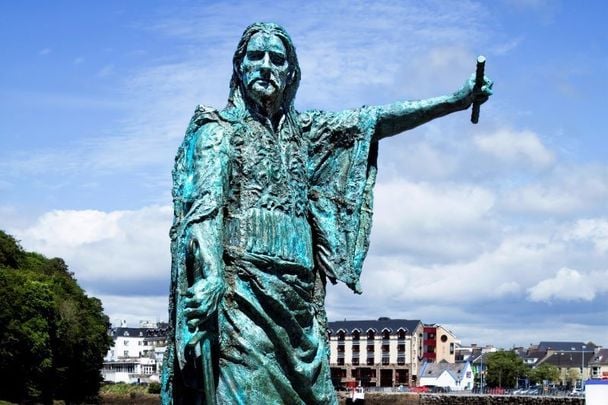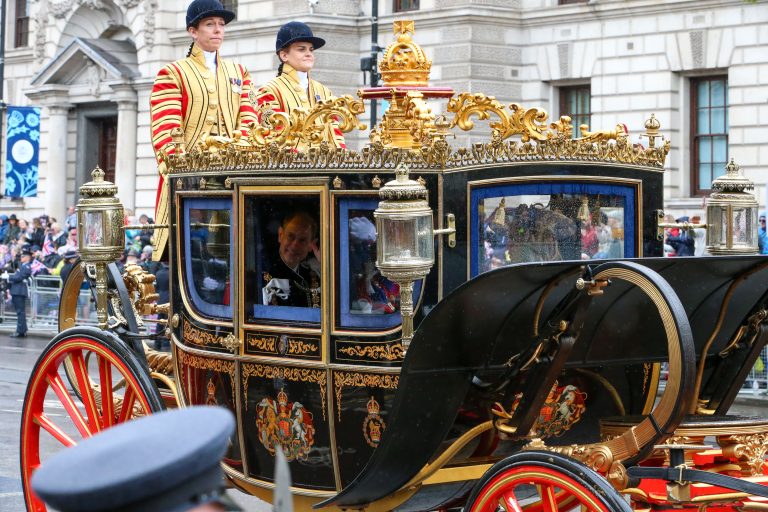![]()
There’s a thrum beneath the surface of Ireland—beneath the bogs, the moss, the ruins—and it isn’t just the echo of history. It’s something older. Wilder. Untamed. It is the whisper of the Fae folk, the shapeshifting spirits, the sorrowful singers, the mischievous tricksters, and the ethereal wanderers that have long walked the blurred line between our world and theirs.
And they have names that rise like spells: Leprechaun. Changeling. Banshee. Selkie.
What Are the Fae Folk in Ireland?
The Fae folk, or Aos Sí, are not just fairies with fluttering wings and pixie dust. No. In Ireland, the fae mean something deeper. They are the sidhe—the people of the mounds. The descendants of the Tuatha Dé Danann, driven underground into the hills when mortals took the world above.
They are both divine and dangerous. They bless and they curse. They guide and they mislead. And they are not to be trifled with.
What Are the Sidhe Creatures?
The Sidhe are the lords and ladies of the unseen world. They rule beneath the ringforts and dolmens. They are tall, radiant, and often terrifying in beauty. Some call them fae. Others call them spirits. But everyone agrees—they are to be respected, not romanticized.
Leprechauns – Trickster Keepers of Gold
They wear green now, but once it was red. They are small, clever, and endlessly sly. They are the solitary fae—cobblers of the otherworld, guardians of cursed coins and golden promises that disappear if you blink too long.
👉 Learn how tall these tricksters really are
Changelings – The Stolen Children
Of all the Irish myths, none sting more deeply than that of the Changeling—the belief that the fae would steal away a human child, leaving behind a sickly, strange, or silent substitute.
This tale echoes old fears—of illness, difference, grief. But it also reminds us of a time when everything unexplainable had a spirit behind it.
What Is the Irish Changeling Myth?
The changeling is a mirror—a cruel reflection of something lost. And yet it speaks volumes about the weight of Irish folklore, where grief, superstition, and storytelling become one.
Banshee – The Wail of the Dead
She doesn’t kill. She warns. The Banshee, or Bean Sidhe, is not a villain, but a mourner. Her keening cries echo through the night before a death. She is grief incarnate—a spirit of sorrow bound to ancient Irish bloodlines.
👉 Discover her place among Irish prayers and spiritual blessings
Selkies – Love and Loss Between Two Worlds
From the sea comes the Selkie, a seal in the water, a human on land. Stories speak of men and women whose skins are stolen, who live among us until the tide calls them back.
What Does Selkie Mean in Irish?
While there is no direct translation, the Selkie legend stems from seal folklore woven through coastal Gaelic tales. They are metaphors for longing, exile, and the ache of not belonging.
Who Is the Irish Queen of the Fae?
Áine, the radiant goddess of love and summer, is often seen as the queen of the fae. Others name Cliodhna, a spirit of the sea. But all the queens wear crowns woven from story and starlight.
What Are the Shapeshifting Fairies in Ireland?
Leprechauns, Selkies, even the Nuckelavee from darker Scots-Irish legends—Ireland’s folklore is filled with shapeshifters, spirits that blur every border.
What Do the Irish Mean by “Fae”?
They mean awe. Fear. Wonder. The word carries centuries of storytelling, loss, mystery, and reverence. To call something “fae” is to call it sacred and wild.
Are There Irish Fairy Tales?
Endless. Told by fireside and field, passed down in whispers and winks, Irish fairy tales are not just for children—they are survival songs for the soul.
What Are the Powers of the Irish Fae?
They twist time. They steal dreams. They blur memory. They heal, curse, shape-shift, sing storms, and dance between dimensions unseen.
👉 Dive deeper into the spiritual side of Irish celebration and myth
👉 Learn why even saints wore blue before green
👉 Discover why Patrick’s miracles lived in myth, not manuscripts
👉 Explore the festivals where these stories still sing
👉 And never forget—say Paddy, not Patty
Because in Ireland, the fae don’t just live in tales—they live in the breath between the lines. And they’re still watching.





